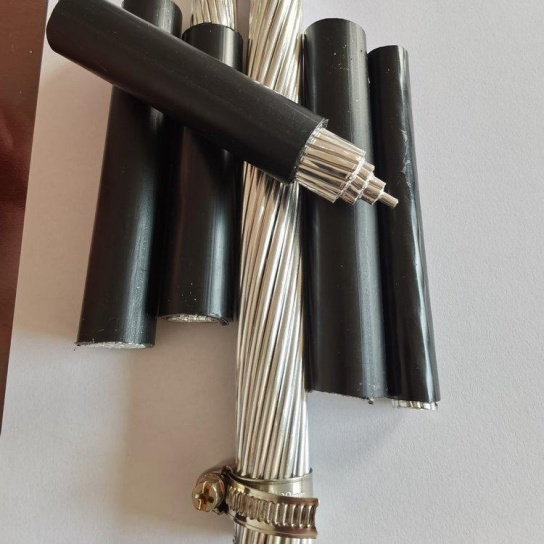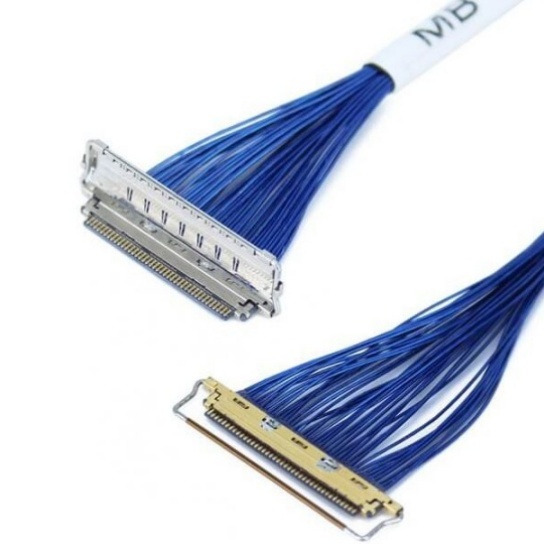Why Copper Remains Essential in Aviation Cable Production
In the high – stakes world of aviation, where every component plays a critical role in ensuring safety, efficiency, and reliability, the importance of high – quality cables cannot be overstated. Among the various materials used in aviation cable production, copper stands out as an irreplaceable element. This article delves into the reasons why copper remains essential in aviation cable production, exploring its unique properties, compliance with industry standards, and its role in future – proofing aircraft technology.
Unparalleled Electrical Conductivity
One of the primary reasons copper is the material of choice for aviation cables is its exceptional electrical conductivity. Copper has one of the highest electrical conductivity ratings among common metals, second only to silver. In an aircraft, where numerous electrical systems, from navigation and communication equipment to engine controls, rely on a stable and efficient flow of electricity, this property is crucial. A high – conductivity cable reduces electrical resistance, minimizing power loss during transmission. For example, a Boeing 787 Dreamliner, which is highly dependent on electrical systems for its advanced features, requires cables that can transmit large amounts of power with minimal loss. Copper cables meet this requirement perfectly, ensuring that all electrical components receive the necessary power to function optimally.
Moreover, copper’s conductivity remains stable over a wide range of temperatures. In the extreme conditions that aircraft encounter, from the frigid temperatures at cruising altitudes to the heat generated by onboard systems, copper cables maintain their electrical performance. This stability is essential for preventing electrical failures, which could have catastrophic consequences in flight.
Superior Thermal Conductivity
**
In addition to its electrical properties, copper also boasts excellent thermal conductivity. In an aircraft, electrical components generate heat during operation, and effective heat dissipation is vital to prevent overheating. Copper cables can quickly transfer heat away from sensitive electrical equipment, helping to maintain the operational temperature within safe limits. For instance, in the engine control systems of a jet engine, where high – power electrical components are constantly in use, copper cables play a key role in dissipating the heat generated, ensuring the reliable operation of the control systems.
High – thermal conductivity also means that copper cables can withstand short – term overloads better than many other materials. When an aircraft experiences electrical surges or spikes, the copper cables can handle the additional heat generated without significant damage, providing an extra layer of safety.
Exceptional Durability and Flexibility
Aviation cables need to be durable enough to withstand the rigors of flight, including vibrations, mechanical stress, and exposure to various environmental factors. Copper is a highly durable metal that can resist corrosion, oxidation, and mechanical wear. Its ability to endure these harsh conditions ensures a long service life for aviation cables, reducing the frequency of cable replacements and associated maintenance costs.
At the same time, copper is also highly flexible. In an aircraft, cables often need to be routed through tight spaces and around complex structures. The flexibility of copper cables allows for easy installation and maneuvering, enabling them to fit into the intricate design of modern aircraft. This combination of durability and flexibility makes copper cables an ideal choice for aviation applications.
Compliance with Stringent Aviation Standards
The aviation industry is governed by some of the most stringent safety and performance standards in the world. Copper cables used in aviation must meet these exacting requirements. For example, they must comply with standards set by organizations such as the Federal Aviation Administration (FAA) in the United States and the European Union Aviation Safety Agency (EASA). These standards cover aspects such as electrical performance, fire resistance, and chemical resistance.
Copper can be alloyed and processed to meet these specific requirements. For instance, copper – alloy cables can be designed to have enhanced fire – retardant properties, which are essential in aviation applications. By meeting these strict standards, copper – based aviation cables contribute to the overall safety and reliability of aircraft.
Cost – effectiveness in the Long Run
While the initial cost of copper may be relatively higher compared to some alternative materials, its long – term cost – effectiveness makes it a more economical choice for aviation cable production. Due to its durability and long service life, copper cables require less frequent replacement. Additionally, their superior electrical and thermal performance reduces the risk of electrical failures, which can lead to costly aircraft downtime and repairs.
In the context of the aviation industry, where safety and reliability are paramount, the cost savings associated with reduced maintenance and minimized risk of failure far outweigh the initial investment in copper cables.
Role in Future – proofing Aviation Technology
As the aviation industry continues to evolve with the advent of new technologies such as electric and hybrid – electric aircraft, the demand for high – performance cables will only increase. Copper, with its outstanding electrical and thermal properties, is well – positioned to play a crucial role in these emerging technologies.
For example, in electric aircraft, which rely entirely on electrical power for propulsion, efficient power transmission is even more critical. Copper cables will be essential for ensuring the seamless transfer of large amounts of electrical energy from the power source to the electric motors. Their ability to handle high currents and dissipate heat effectively makes them an indispensable part of the electrical infrastructure of future – generation aircraft.
In conclusion, copper’s unique combination of electrical conductivity, thermal conductivity, durability, flexibility, compliance with industry standards, cost – effectiveness, and its potential for future – proofing makes it an essential material in aviation cable production. As the aviation industry continues to innovate and grow, copper will undoubtedly remain at the heart of reliable and safe electrical systems in aircraft. Whether it’s in the latest commercial airliners or the next – generation of experimental aircraft, the importance of copper in aviation cable production is set to endure for years to come.






